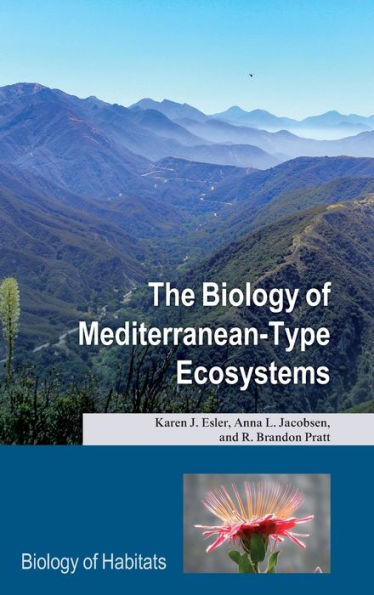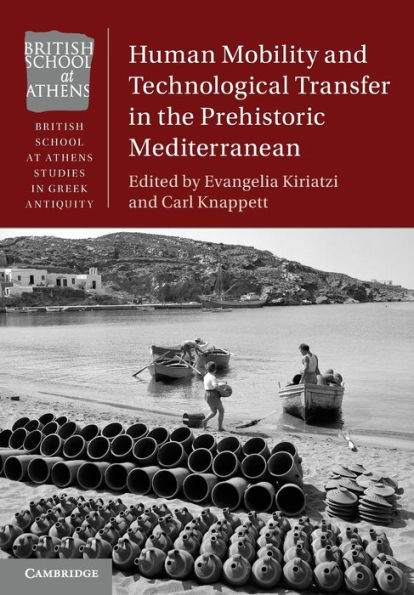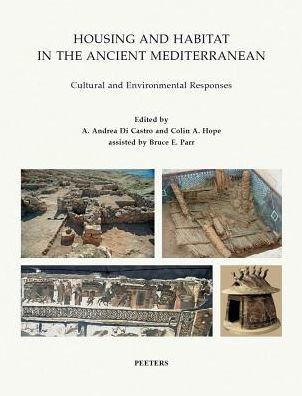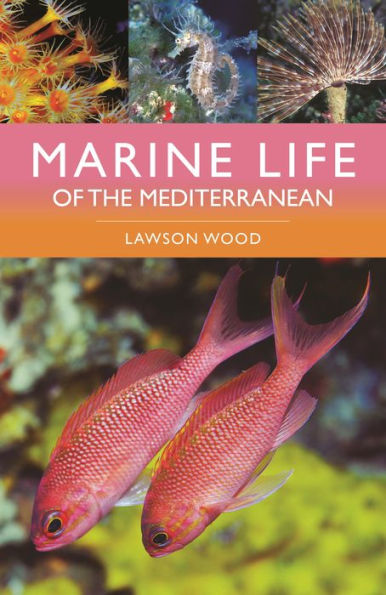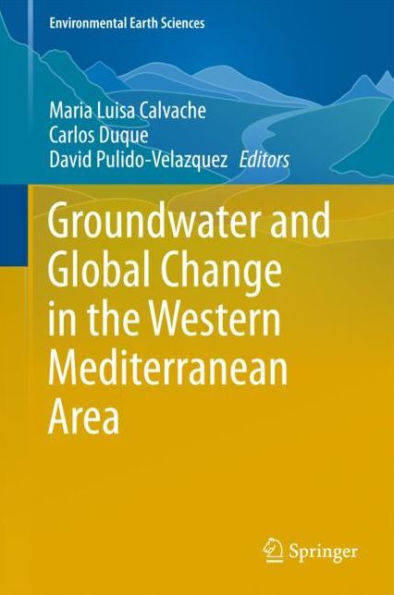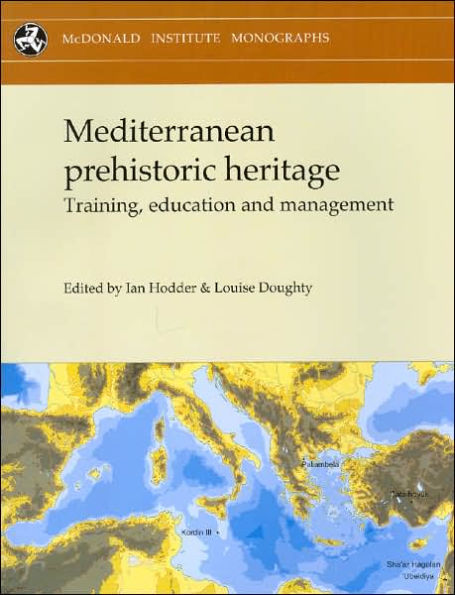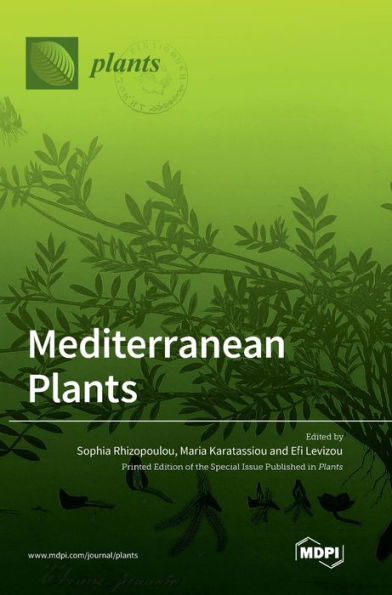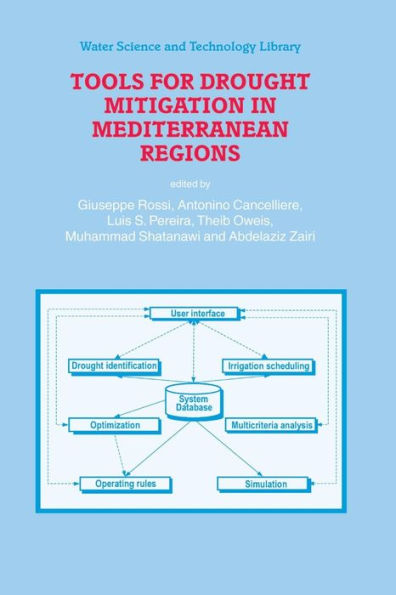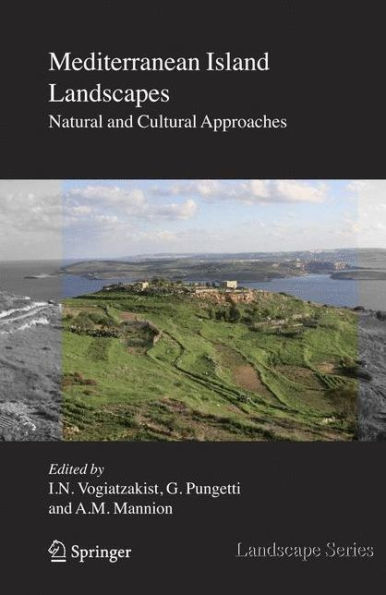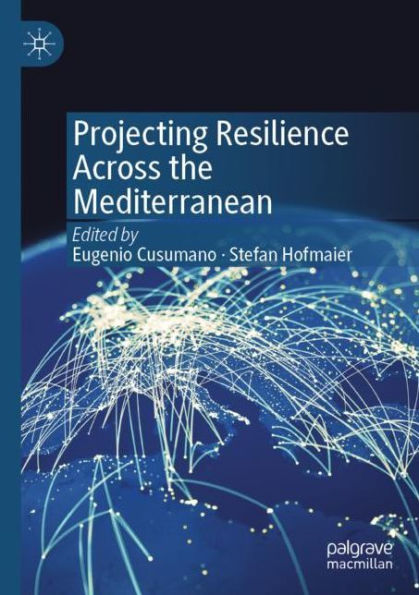Home
Human Adaptation to Mediterranean Wetlands



Human Adaptation to Mediterranean Wetlands
Current price: $85.32
Loading Inventory...
Size: OS
This book focuses on Polje Čepić, a tectono-karstic depression in central Istria (Croatia), which was used as a case study area to investigate the importance of Mediterranean wetlands to humans over the past 25,000 years. Archaeological and palaeoenvironmental data have been used in an interdisciplinary geoarchaeological approach, involving geomorphology, sediment core analysis, archaeological survey and micromorphology. It emerges that, under full glacial conditions, modern humans adapted to life in open Mediterranean wetlands, such as Polje Čepić; from these refugia, they moved to other regions during deglaciation. Later, Mediterranean wetlands, with their year-round availability of freshwater, contributed to the adoption of similar land-use strategies among hunting-fishing-gathering and agro-pastoral societies in the Mediterranean area. Finally, intensified agro-pastoral practices and engineering led to the disappearance of most Mediterranean wetlands by siltation over the past 3000 years. This book is intended for students, archaeologists, physical geographers, and environmental scientists interested in the Mediterranean region.
